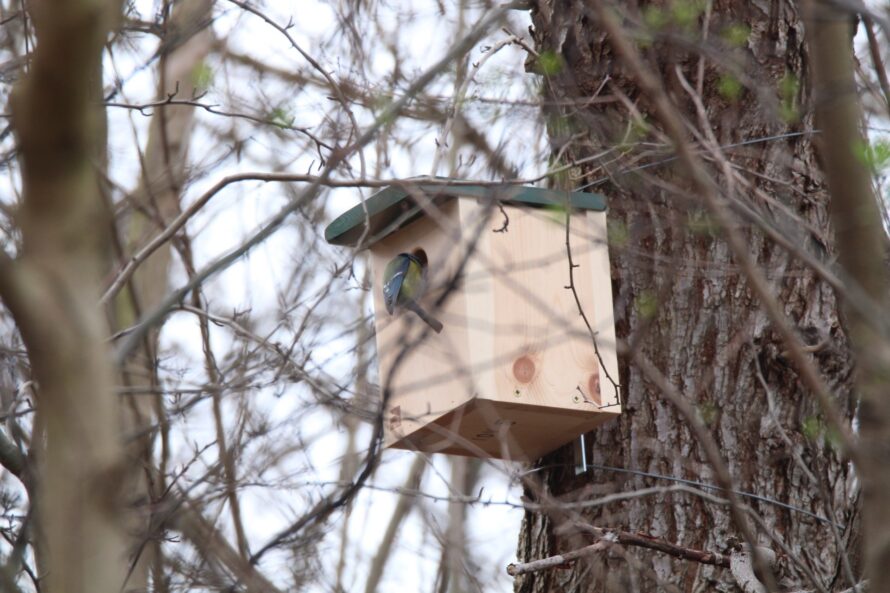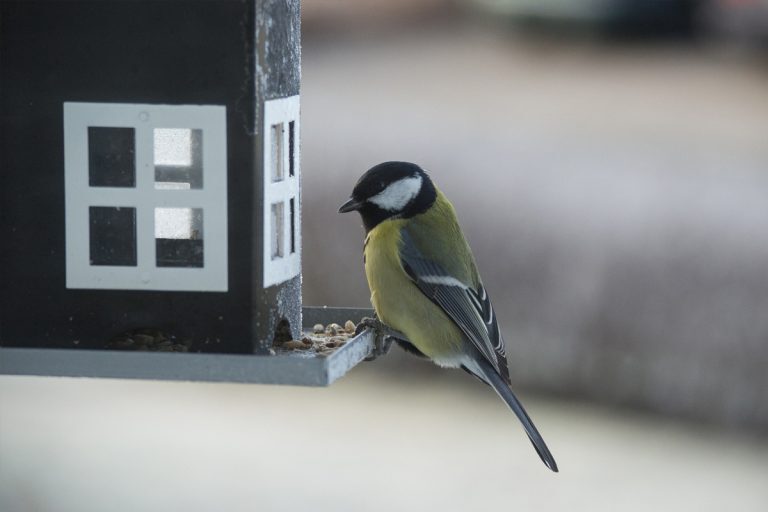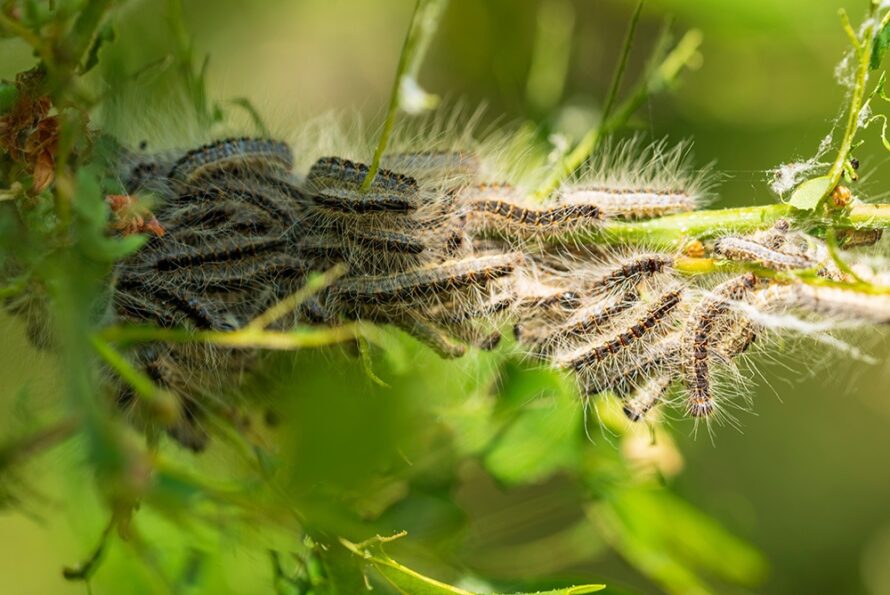Ross Bray, idverde/RSPB Community & Biodiversity Officer in the Midlands said ‘The wrong nesting box in the wrong location can alter the natural balance of species in the area. For example; Blue Tit’s outcompete other ‘Tit’ species and many other woodland and semi-urban garden birds. Having too much capacity in the way of nestboxes for one species can create an imbalance in the natural order. This is why, here in the Midlands, we are creating boxes for priority species such as House Sparrow, Starling and Swifts. It’s not about reducing other bird species, but providing the nesting/breeding habitat they need to compete in a changing environment.’
The RSPB also provides guidance on how to attract and care for different birds in your garden, such as starlings, swifts, sparrows, and robins. The RSPB also encourages people to fit a nestbox camera before the breeding season starts, so you can watch chicks as they grow and learn more about their behaviour.
Ross Bray, with various community groups in the Midlands have made a total of 900 boxes, these include; 400 for swifts, 200 for willow tits, 150 starling and 150 house sparrow boxes.
Ross said; ‘We have at least 400 bird boxes in place across sites in the Midlands. We have also gifted some to community groups and projects further afield in other idverde contracts, as well as supporting RSPB Hope Farm’s community swift project at Knapwell, Cambridgeshire, by donating 12 swift boxes for the village. We don’t yet have an exact figure of how many are in use, but we continue our monitoring.’
Ross continued; ‘We would like to set up a swift box giveaway in May to coincide with the return of swifts to the UK in 2024. We have several church towers to fit out with swift boxes, but we have ample more to dish out to communities for their own buildings in order to expand the number of sites these boxes cover.’





